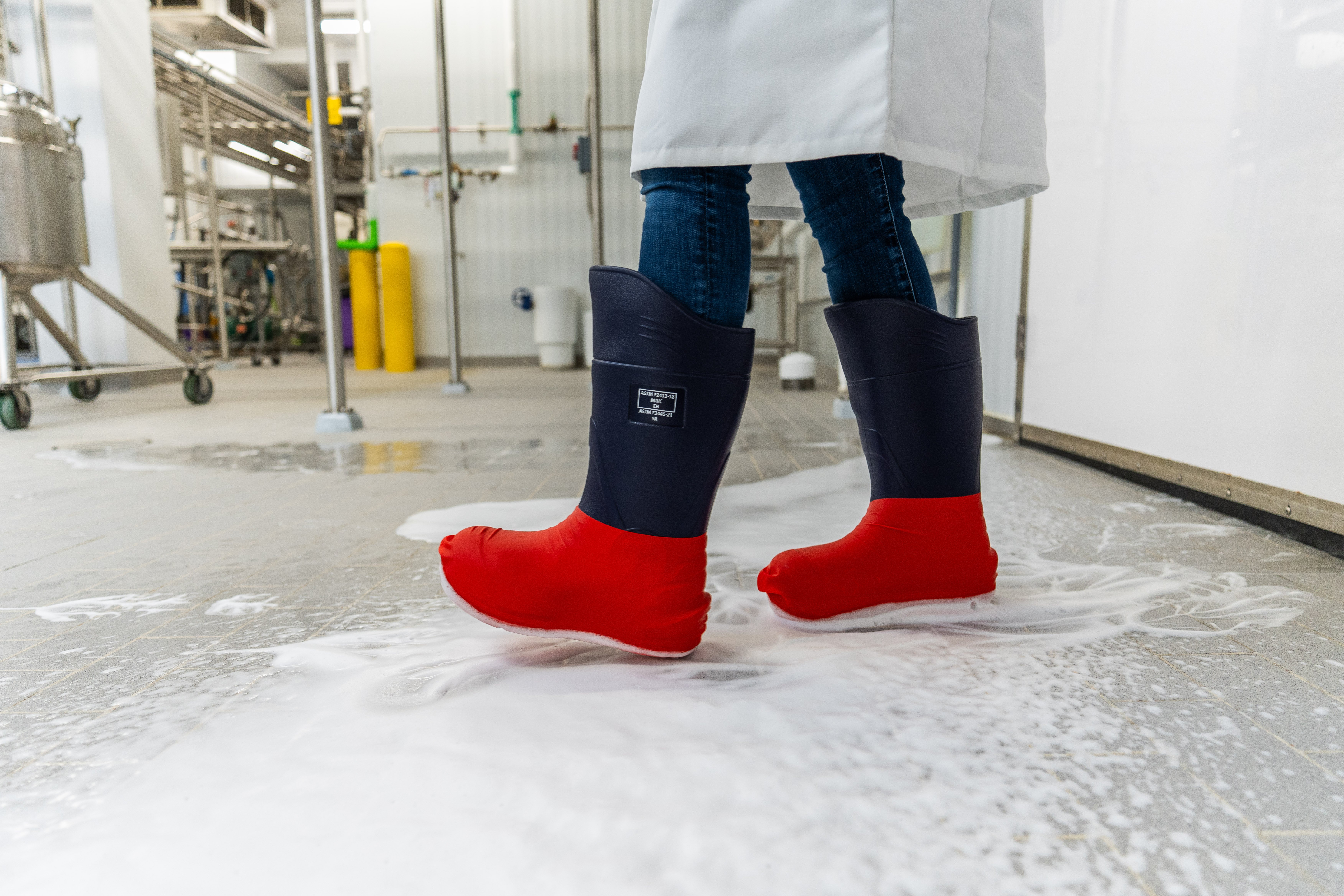
December 8, 2025
There is a fundamental connection between worker safety and food safety: A failure in worker safety can ...
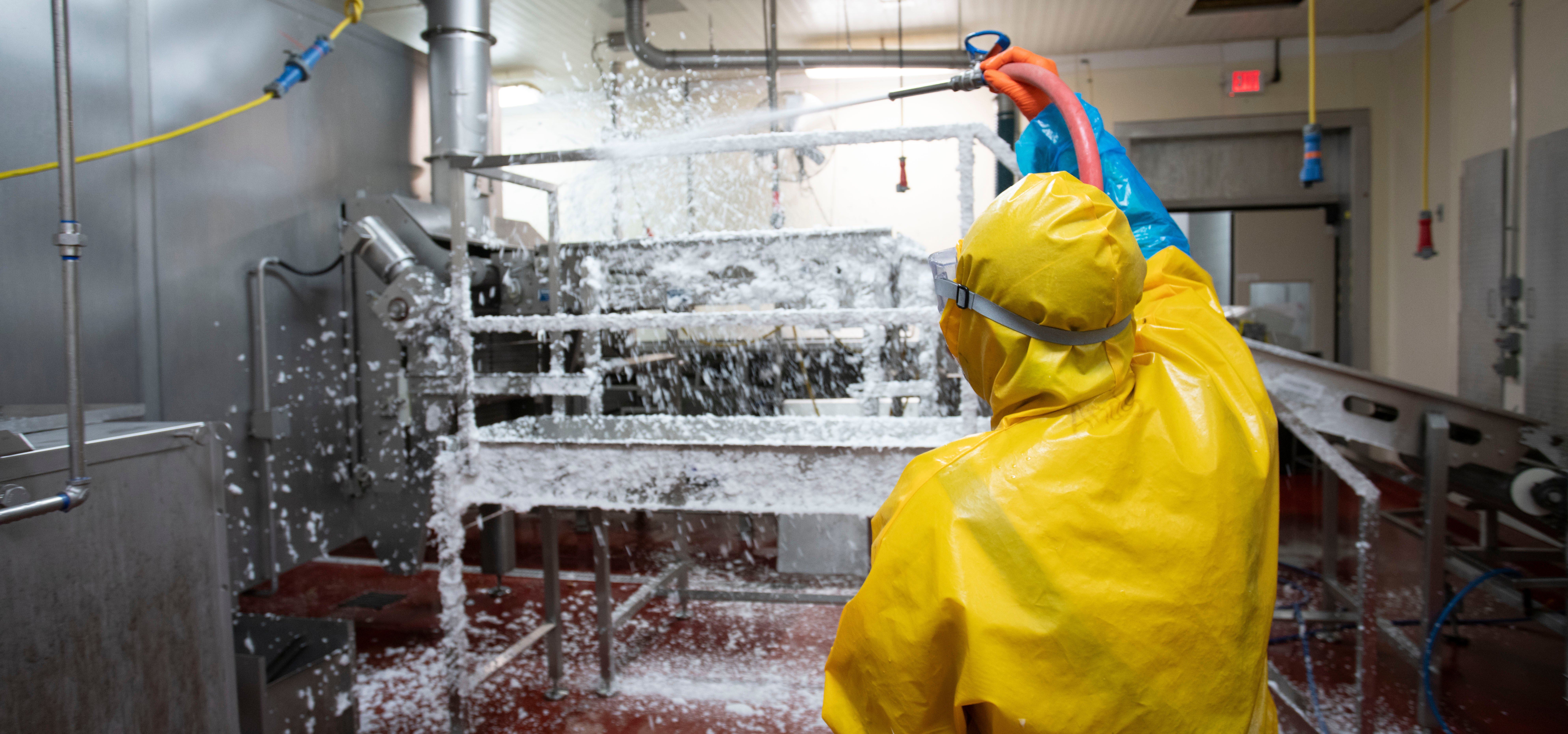
December 1, 2025
Nelson-Jameson understands that efficiency and worker safety are equally important goals in food manufac...

November 25, 2025
In occupational safety, the most advanced Personal Protective Equipment (PPE) is ineffective if workers ...
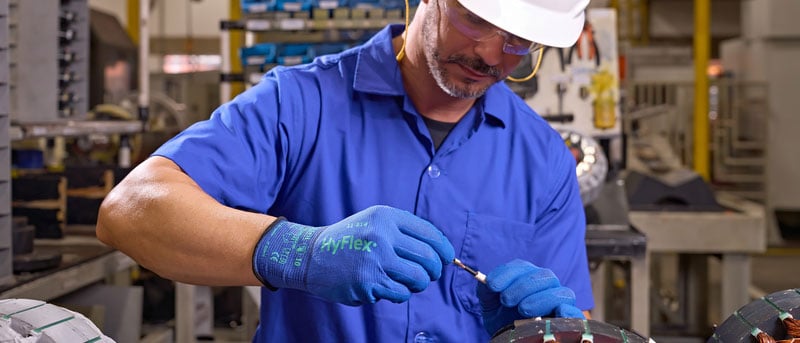
November 25, 2025
Worker safety is closely tied to food safety, and utilizing high-quality Personal Protective Equipment (...
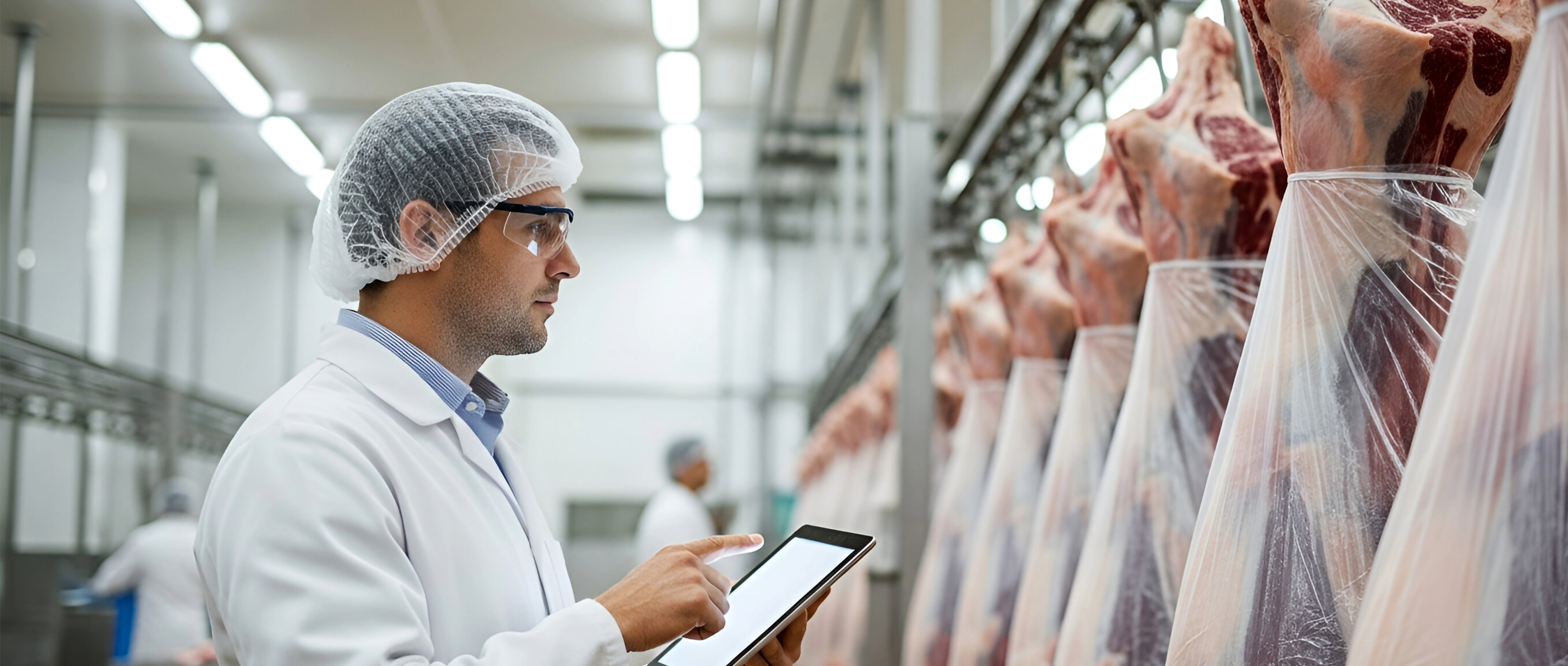
November 25, 2025
For food processors, the risk of contamination from broken or lost equipment or Personal Protective Equi...
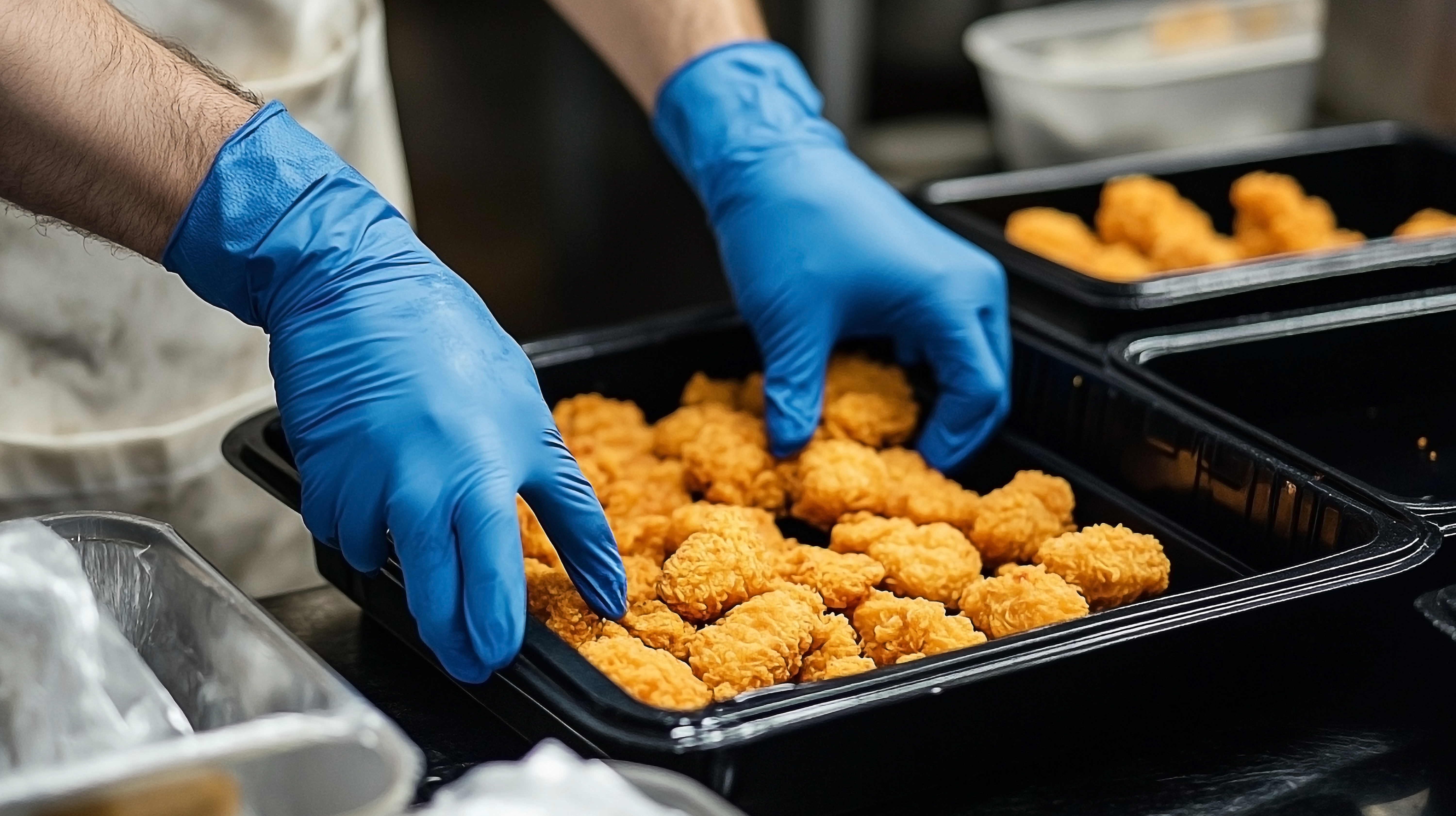
November 24, 2025
Food processing facilities face a critical dual mandate: maintaining the stringent safety standards nece...

October 15, 2025
The Sparta Bronco Round Container is a testament to durability and smart design. It’s not just a basic c...

September 10, 2025
Food safety is an ongoing commitment. It demands continuous vigilance, collaboration, and access to a we...
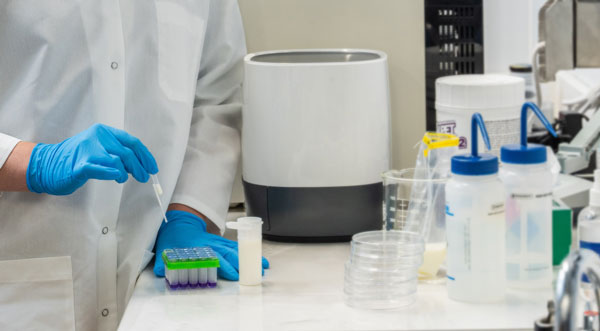
May 2, 2025
Maintaining accurate, up-to-date data is critical to producing safe, quality products in a food processi...
January 22, 2025
The innovative new Vikan UST Tank Brush was developed through extensive research and a deep understandin...
April 10, 2022
Nelson-Jameson is a proud member of the Innovation Center for US Dairy. The Center and its members have ...
December 25, 2021
The score everyone wants to achieve for any “test” we have taken (from grade school through post-seconda...